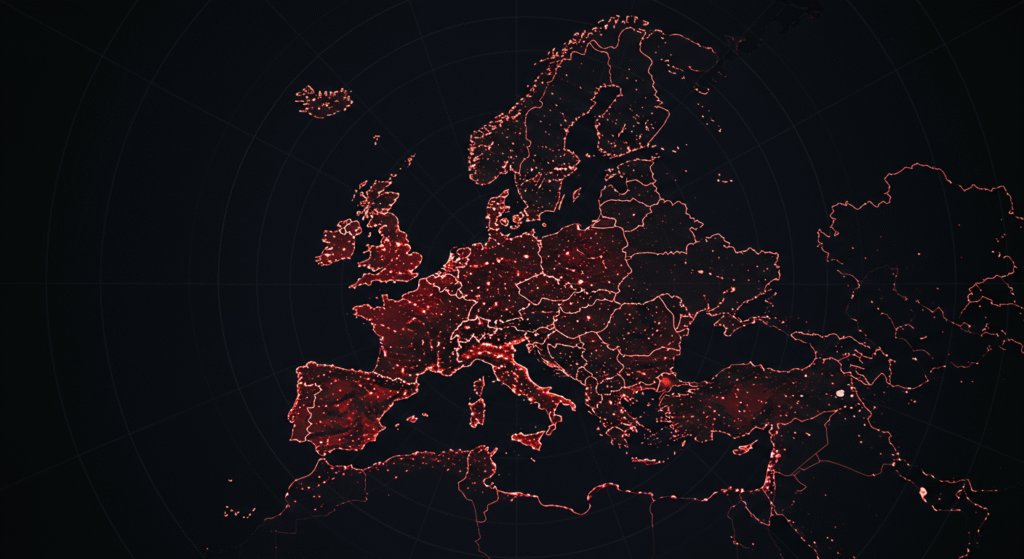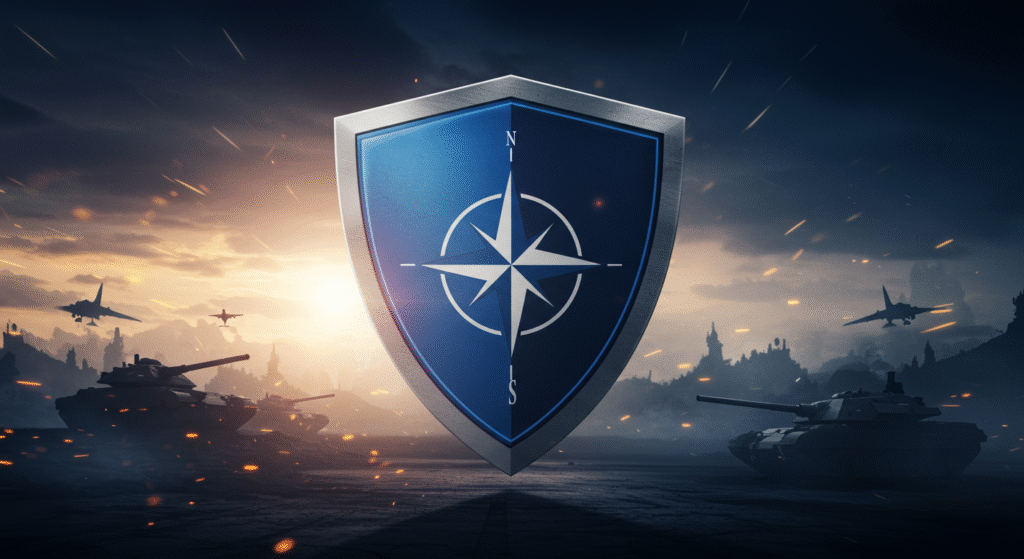The rise of a new threat: why NATO prepares for war with Russia
When NATO prepares for war with Russia, the world watches closely as the balance of global security shifts. Vladimir Putin’s invasion of Ukraine awakened dormant fears in Europe,
reminiscent of the Cold War era. Just as Soviet expansion led to NATO’s formation in 1949, Russia’s recent actions have redefined the alliance’s mission as it marks 75 years in 2024.
The conflict in Ukraine, combined with uncertainty over U.S. commitment, has triggered serious planning within NATO. European members no longer ask if war might come — they debate
when it will start.

The Trump factor: reshaping NATO’s unity
A critical reason why NATO prepares for war with Russia is the changing stance of key allies. Former U.S. President Donald Trump, during his time in office, cast doubt on America’s willingness to defend NATO partners under Article 5, the alliance’s cornerstone of mutual defense. This uncertainty has pushed European nations to consider scenarios where they must act independently if Russia attacks.
Trump’s openness to negotiating with Putin, paired with his aggressive stance toward Iran, has left European leaders questioning their long-standing reliance on the U.S. for protection.
Military build-up: from defense budgets to rapid response forces
As NATO prepares for war with Russia, defense spending across Europe is skyrocketing. Nations like Germany, the U.K., and Denmark have openly stated that they expect a military confrontation with Russia by 2030 — or sooner. The U.K.’s strategic plan includes building twelve nuclear-powered submarines, despite struggling to maintain its current fleet.
NATO Secretary-General Mark Rutte proposes raising military spending to 5% of GDP, with 3.5% dedicated to defense and 1.5% for supporting infrastructure. This ambitious target reflects a sense of urgency driven by Russia’s growing military capabilities.
Russian military moves fueling NATO concerns
Another reason NATO prepares for war with Russia is Moscow’s own actions. Russia has stationed nuclear weapons in Belarus, expanded its military to 1.5 million troops, and increased its presence along the Baltic and Finnish borders. The modernization of its nuclear arsenal and repeated threats only heighten fears in NATO capitals.
These developments, combined with Russia’s military exercises and rhetoric, suggest that the Kremlin views NATO’s preparations as provocations, risking further escalation.
The European strategy: beyond U.S. dependence
As NATO prepares for war with Russia, European nations are exploring ways to strengthen their defenses without relying entirely on U.S. support. There is growing interest in positioning French Rafale fighters armed with nuclear cruise missiles in Germany, providing additional deterrence in Eastern Europe. Finland, Poland, and the Baltic states are also enhancing their border defenses and military readiness.
This shift represents a historic transformation in NATO’s structure, as European members take on greater responsibility for their own security.

The economic and industrial impact of NATO’s preparations
When NATO prepares for war with Russia, the defense industry experiences a boom. European arms manufacturers have seen stock prices rise sharply, with shares up 44% on average over the past year. Massive contracts are fueling this growth, as governments rush to secure equipment and modernize their forces.
The European Union, traditionally less involved in defense, has announced a $1 trillion plan over several years to support military capabilities. These investments are reshaping Europe’s economy and priorities, as defense takes center stage.
Potential flashpoints: where a NATO-Russia conflict could ignite
Experts agree that if NATO prepares for war with Russia, certain regions pose the highest risk of sparking a confrontation. The Suwalki Gap — the narrow corridor between Poland and Lithuania that separates Belarus from the Russian exclave of Kaliningrad — is one such hotspot. A sudden move by Russia to seize this area could cut off the Baltic states and force NATO into action.
NATO’s unprecedented drills with Sweden on Gotland island and increased submarine cable patrols reflect awareness of these vulnerabilities.
The risk of accidents leading to war
Even as NATO prepares for war with Russia, leaders recognize that unintentional incidents could trigger conflict. The number of air and sea interceptions between NATO and Russian forces in the Baltic region has risen by 30% since early 2024. A single miscalculation could escalate into open hostilities.
Russian analysts warn that military build-up and provocative maneuvers could be misinterpreted as signs of an imminent NATO attack, increasing the risk of a disastrous misstep.
Is full-scale war inevitable?
While NATO prepares for war with Russia, debate continues over whether conflict is truly inevitable. Some, like Fabian Hoffman of the University of Oslo, argue that Russia’s leadership knows a conventional war with NATO would be disastrous. Others point out that Putin’s militarization of Russia’s economy and high defense spending could embolden the Kremlin.
Whether or not war happens may depend on diplomacy, restraint, and the ability of both sides to manage tensions without crossing red lines.
A future defined by preparation
The fact that NATO prepares for war with Russia reflects the most serious security challenge Europe has faced in decades. The alliance is no longer focused solely on supporting Ukraine but is actively preparing for direct confrontation. Whether this preparation will serve as a deterrent or a prelude to conflict remains to be seen.
In the meantime, NATO’s new investments, strategies, and alliances are reshaping the continent’s military and political landscape, with consequences that will define the coming decades.
Read also: US bombs Iran: Here’s how Iran could respond to US strikes on its nuclear sites

Pingback: TikTok Sale: Trump Says He Found a Buyer for the Social Media Giant - TrendX3 - Discover the Main Trends of the Moment